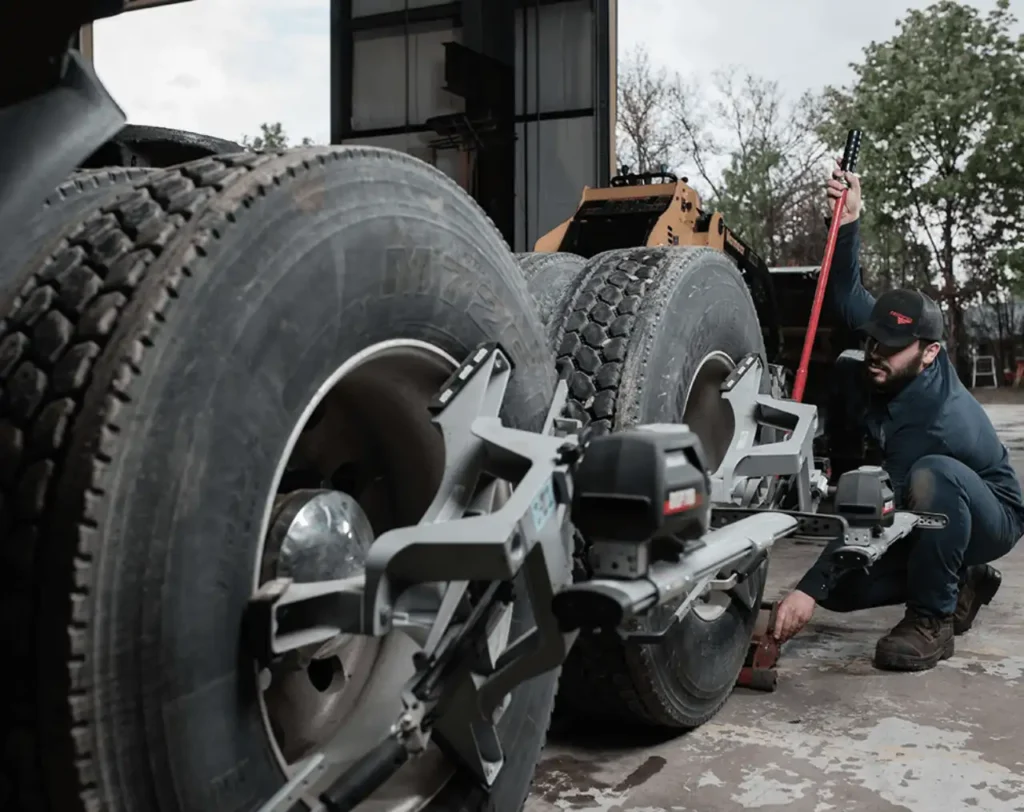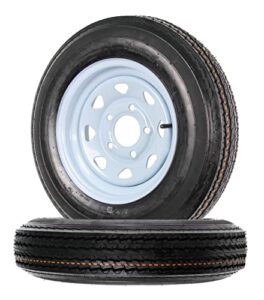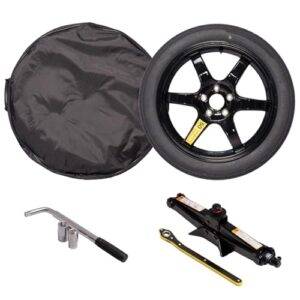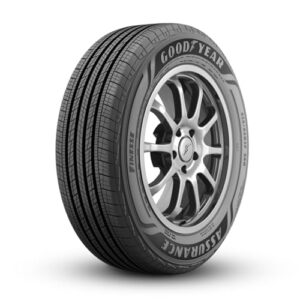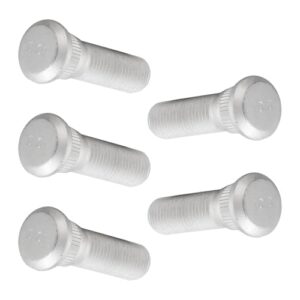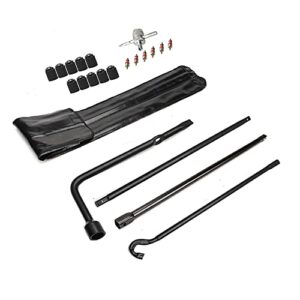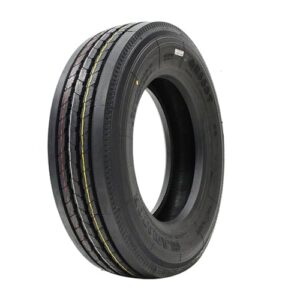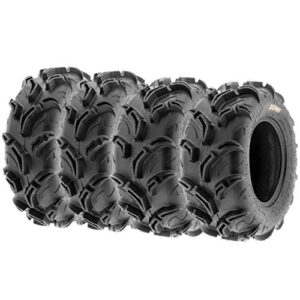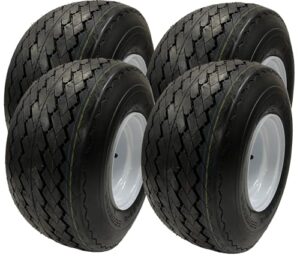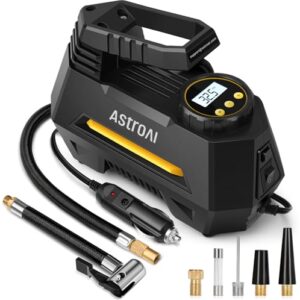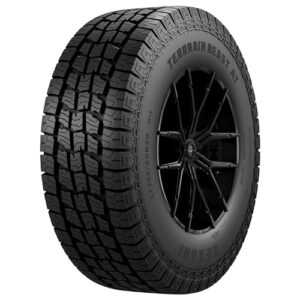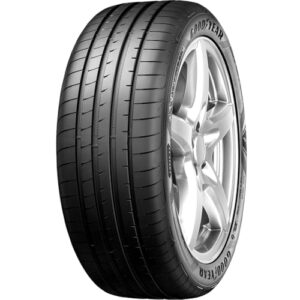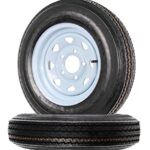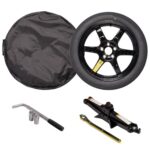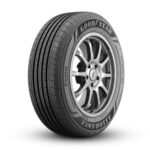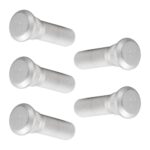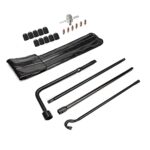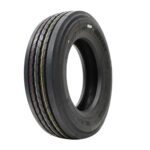To choose tires for heavy loads, ensure they have a high load rating and durable construction. Check the manufacturer’s specifications and reviews.
Choosing the right tires for heavy loads is crucial for safety and performance. Tires with a high load rating can support the weight without compromising stability. Durable construction helps them withstand the stress of heavy loads, reducing the risk of blowouts.
Always check the manufacturer’s specifications to ensure compatibility with your vehicle. Reading reviews can provide insights into real-world performance and longevity. Proper tire selection increases vehicle handling, fuel efficiency, and safety. Investing in quality tires designed for heavy loads can save money and prevent accidents. Prioritize durability and load capacity for optimal performance.
Tire Types For Heavy Loads
Choosing the right tires for heavy loads is crucial. The correct tire type ensures safety, efficiency, and longevity. This section explores various tire types for heavy loads. Understanding these types will help you make an informed decision.
Radial Vs. Bias
Radial tires have layers that run radially across the tire. They offer a smoother ride and better fuel efficiency. Radial tires also have a longer lifespan. They are excellent for highway driving and long distances.
Bias tires have layers that crisscross over each other. They provide better traction on rough terrain. Bias tires are suitable for off-road conditions. They are also more resistant to sidewall damage.
| Feature | Radial Tires | Bias Tires |
|---|---|---|
| Ride Comfort | Smoother | Rougher |
| Fuel Efficiency | Higher | Lower |
| Durability | Longer Lifespan | Shorter Lifespan |
| Terrain Suitability | Highways | Off-road |
Tubeless Vs. Tube-type
Tubeless tires do not have an inner tube. They are lighter and offer better heat dissipation. Tubeless tires are also easier to repair. They are less prone to sudden air loss.
Tube-type tires have an inner tube. They are more traditional and still used in many heavy-duty applications. Tube-type tires are more affordable initially. They are also easier to mount on older vehicles.
- Weight: Tubeless tires are lighter.
- Heat Dissipation: Better in tubeless tires.
- Repair: Easier for tubeless tires.
- Cost: Tube-type tires are cheaper initially.

Load Ratings Explained
Choosing the right tires for heavy loads is essential. The load rating of a tire tells you how much weight it can safely carry. This section will break down key aspects, ensuring you make an informed decision.
Understanding Load Index
The load index is a numerical code. It indicates the maximum weight a tire can support. You can find it on the tire sidewall, usually following the tire size. For example, in “225/45R17 91W,” the number 91 is the load index.
| Load Index | Weight Capacity (lbs) |
|---|---|
| 85 | 1,135 |
| 90 | 1,323 |
| 95 | 1,521 |
Always choose a tire with a load index that meets or exceeds your vehicle’s requirements. This ensures safety and performance.
Importance Of Ply Rating
The ply rating tells you about the tire’s strength. It indicates the number of layers, or plies, in the tire’s structure. More plies mean a stronger tire, capable of carrying heavier loads.
- A ply rating of 6 means a standard load tire.
- A ply rating of 8 means a light truck tire.
- A ply rating of 10 indicates a heavy-duty tire.
Check your vehicle’s manual for the recommended ply rating. Using the correct ply rating ensures optimal performance and safety.
Both load index and ply rating are critical for choosing tires for heavy loads. They ensure your vehicle can handle the weight safely. Always pay attention to these ratings when selecting tires.
Tread Patterns And Their Impact
Choosing the right tires for heavy loads can be challenging. Tread patterns play a crucial role in performance and safety. Different tread designs suit various terrains and weather conditions. Understanding these patterns helps in selecting the best tires for your needs.
All-terrain Vs. Highway
All-Terrain tires are versatile and suitable for various surfaces. They offer a balance between on-road comfort and off-road capability. These tires have deeper treads and larger voids. This design improves traction on gravel, mud, and snow.
Highway tires are designed for smooth, paved roads. They have a more compact tread pattern. This pattern reduces road noise and improves fuel efficiency. Highway tires are perfect for long-distance travel on highways.
| Feature | All-Terrain Tires | Highway Tires |
|---|---|---|
| Surface Adaptability | Various terrains | Primarily paved roads |
| Tread Design | Deep and wide | Compact |
| Noise Level | Moderate | Low |
| Fuel Efficiency | Moderate | High |
Mud-terrain For Off-road
Mud-Terrain tires are perfect for off-road adventures. They have aggressive tread patterns with large, deep lugs. These features provide excellent grip on muddy and rocky surfaces. Mud-Terrain tires are built for durability and strength.
These tires are perfect for vehicles frequently driving off-road. They can handle tough conditions without compromising safety. Mud-Terrain tires are also great for heavy loads in rugged terrains.
- Excellent traction in mud and rocks
- High durability
- Designed for heavy loads

Material Quality Matters
Choosing tires for heavy loads requires attention to material quality. The right materials ensure durability and safety. Let’s explore the key components that make up high-quality tires.
Rubber Compounds
Rubber compounds play a crucial role in tire performance. High-quality rubber provides better traction and longevity. Look for tires made with durable rubber compounds.
Rubber compounds impact:
- Traction: Ensures better grip on different surfaces.
- Durability: Reduces wear and tear over time.
- Heat Resistance: Prevents overheating during long drives.
High-quality rubber can handle heavy loads without deforming. Check the rubber type when selecting tires.
Reinforcement Materials
Reinforcement materials strengthen the tire’s structure. They provide extra support for heavy loads. Common reinforcement materials include steel and polyester.
Key reinforcement materials:
| Material | Benefits |
|---|---|
| Steel | Offers high strength and puncture resistance. |
| Polyester | Provides flexibility and light weight. |
Reinforced tires resist deformation under heavy loads. Choose tires with strong reinforcement materials for added safety.
Proper Inflation Techniques
Choosing the right tires for heavy loads is crucial. Proper inflation techniques ensure safety and longevity. Let’s delve into the best practices.
Optimal Psi Levels
PSI stands for pounds per square inch. Optimal PSI levels are vital for heavy load tires.
- Check the tire’s sidewall for recommended PSI.
- Refer to the vehicle’s manual for exact specifications.
- Ensure tires are inflated to the correct PSI before any trip.
Under-inflated tires wear out faster and overheat. Over-inflated tires reduce traction and comfort.
Regular Pressure Checks
Regular pressure checks prevent tire damage and ensure safety.
- Use a reliable tire gauge for accurate readings.
- Check tire pressure monthly and before long trips.
- Inspect pressure when tires are cold for the best accuracy.
Monitor for any pressure loss and address it promptly. Keeping tires at the right pressure extends their life.

Seasonal Considerations
Choosing the right tires for heavy loads involves many factors. One crucial aspect is the season. Different tires perform better in different conditions. Here’s what you need to know about seasonal tires.
Winter Tires
Winter tires are designed for cold weather. They offer better traction on snow and ice. Their rubber stays flexible in low temperatures. This flexibility provides better grip. Winter tires also have deeper treads. These treads help push snow and slush away. This reduces the risk of slipping.
Summer Tires
Summer tires are perfect for warm weather. They perform well on dry and wet roads. Their rubber is harder compared to winter tires. This hardness improves handling and braking. Summer tires also have shallower treads. This provides more contact with the road. It’s important to switch to summer tires in hot weather.
Here’s a quick comparison:
| Feature | Winter Tires | Summer Tires |
|---|---|---|
| Temperature | Cold | Warm |
| Traction | High on snow/ice | High on dry/wet roads |
| Tread Depth | Deeper | Shallower |
| Rubber Flexibility | Soft in cold | Hard in warm |
Remember to choose tires based on the season. This ensures safety and performance for heavy loads.
Cost Vs. Performance
Choosing the right tires for heavy loads means balancing cost and performance. Understanding how much you’re willing to spend is key. Let’s explore budget options and premium choices to help you decide.
Budget Options
Budget tires are affordable but can still handle heavy loads. They might not last as long as premium tires but are a good start. Consider these budget-friendly options:
- Brand A: Known for basic durability and low cost.
- Brand B: Offers good traction at a reasonable price.
- Brand C: Provides decent performance for light-heavy loads.
Budget tires work well for those on a tight budget. They offer good value without breaking the bank.
Premium Choices
Premium tires cost more but offer superior performance. They last longer and perform better under heavy loads. Look at these premium options:
- Brand X: High durability and excellent traction.
- Brand Y: Best for long distances and heavy loads.
- Brand Z: Superior performance in all weather conditions.
Premium tires are perfect for those needing reliability and high performance. They may cost more but offer better value in the long run.
| Feature | Budget Tires | Premium Tires |
|---|---|---|
| Cost | Low | High |
| Durability | Moderate | High |
| Traction | Good | Excellent |
| Lifespan | Shorter | Longer |
Choose based on your budget and needs. Whether you go for budget or premium, ensure the tires can handle your heavy loads.
Maintenance Tips
Proper tire maintenance ensures safety and longevity. Especially for heavy loads, maintaining your tires is crucial. Here are some essential tips to keep your tires in top shape.
Rotation Schedule
Rotating tires regularly helps them wear evenly. Uneven wear reduces tire life and performance.
Follow these simple steps for a rotation schedule:
- Rotate every 5,000 to 7,000 miles.
- Check the owner’s manual for specific recommendations.
- Use a consistent pattern, such as front to back or cross pattern.
Proper rotation helps your tires last longer and perform better.
Alignment And Balancing
Alignment and balancing are crucial for heavy load tires. Misalignment causes uneven wear and affects handling.
Here’s why alignment and balancing matter:
- Ensure tires wear evenly.
- Improve fuel efficiency.
- Improve driving comfort.
Signs your tires need alignment and balancing:
- Vehicle pulls to one side.
- Steering wheel vibrates.
- Uneven tire wear patterns.
Regularly check and adjust alignment and balancing for optimal performance.
Frequently Asked Questions
What Brand Tire Is Best For A Heavy Duty Truck?
Michelin, Bridgestone, and Goodyear are top brands for heavy-duty truck tires. They offer durability, performance, and reliability.
How Do I Choose A Tire Load Rating?
Check your vehicle’s manual for the recommended load rating. Match tires to your vehicle’s weight and driving conditions. Consult with a tire professional for advice. Choose tires with a load rating that meets or exceeds your requirements. Avoid under-rated tires to ensure safety and performance.
What Are Heavy Load Tires?
Heavy load tires are designed to support heavy vehicles like trucks and buses. They offer improved durability and strength. These tires feature reinforced sidewalls, deeper treads, and higher load ratings. They ensure safety and performance under demanding conditions.
Can I Buy A Tire With A Higher Load Rating?
Yes, you can buy a tire with a higher load rating. Ensure it fits your vehicle’s specifications. Always consult your vehicle’s manual or a professional before making changes.
Conclusion
Selecting the right tires for heavy loads is crucial. Consider load ratings, durability, and quality. Proper tires ensure safety and efficiency. Research and consult professionals for the best choice. Investing in suitable tires saves money and prevents accidents. Make informed decisions to keep your heavy load operations running smoothly.


